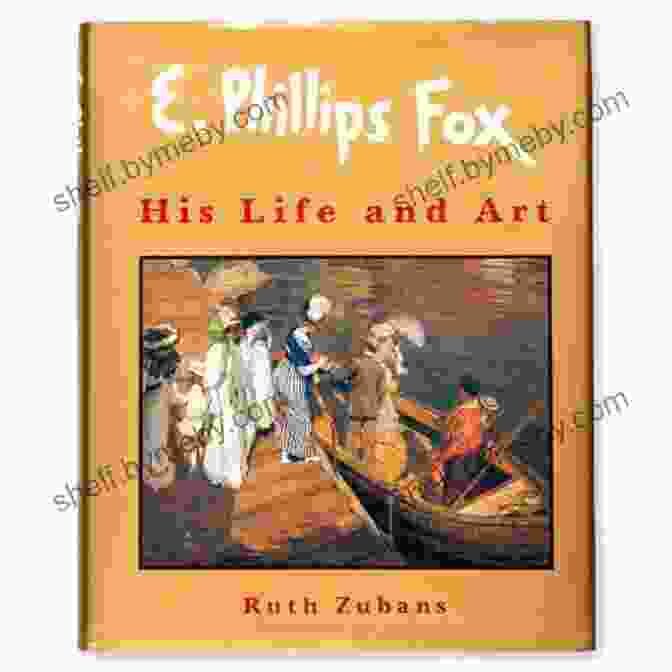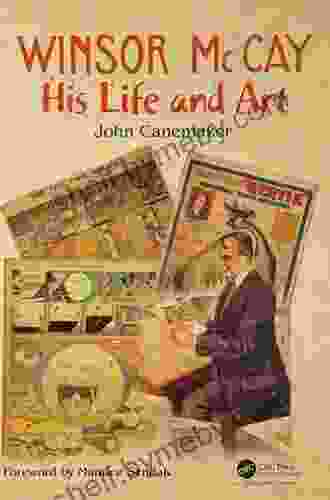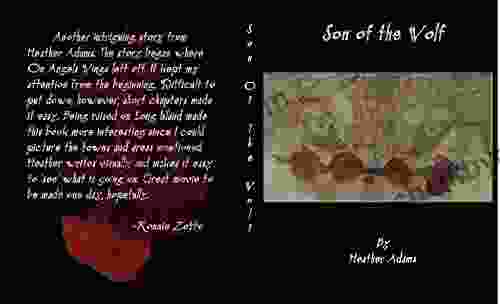
Winsor McCay was one of the most influential cartoonists of all time. His work, which spanned over four decades, revolutionized the art form and helped to establish the medium of comic strips as a legitimate form of entertainment. McCay's most famous creations include Little Nemo, the Slumberland Kid, Dream of the Rarebit Fiend, and Gertie the Dinosaur.
4.7 out of 5
| Language | : | English |
| File size | : | 70650 KB |
| Text-to-Speech | : | Enabled |
| Screen Reader | : | Supported |
| Enhanced typesetting | : | Enabled |
| Print length | : | 288 pages |
Winsor McCay: His Life and Art is the definitive biography of this cartooning genius. This lavishly illustrated book explores McCay's life and work, from his early days as a newspaper artist to his groundbreaking animated films. The book is written by John Canemaker, a Pulitzer Prize-winning historian and animator who has spent years researching McCay's life and work.
Early Life and Career
Winsor McCay was born in Spring Lake, Michigan, in 1869. He showed an early talent for drawing, and by the age of 14, he was working as a commercial artist in Cincinnati. In 1898, McCay moved to New York City, where he began working for the New York Herald. It was at the Herald that McCay created some of his most famous work, including Little Nemo and Dream of the Rarebit Fiend.
McCay's early work was characterized by its whimsical humor and surreal imagery. His characters were often children, and his stories often took place in dreamlike worlds. McCay's work was also highly innovative, and he pioneered many of the techniques that are now used in animation. For example, McCay was one of the first artists to use cel animation, which allowed him to create more fluid and realistic movement in his films.
Later Career and Legacy
In the early 1900s, McCay began to focus more on animation. He created several short films, including Gertie the Dinosaur (1914),which is considered to be the first true animated cartoon. McCay's films were groundbreaking for their time, and they helped to establish animation as a viable medium for storytelling.
McCay continued to work until his death in 1934. He left behind a legacy of groundbreaking work that has influenced generations of cartoonists and animators. Winsor McCay: His Life and Art is the definitive biography of this cartooning genius, and it is a must-read for anyone who is interested in the history of comics and animation.
Winsor McCay: His Life and Art is a comprehensive and well-written biography of one of the most influential cartoonists of all time. This lavishly illustrated book is a must-read for anyone who is interested in the history of comics and animation.



























































































